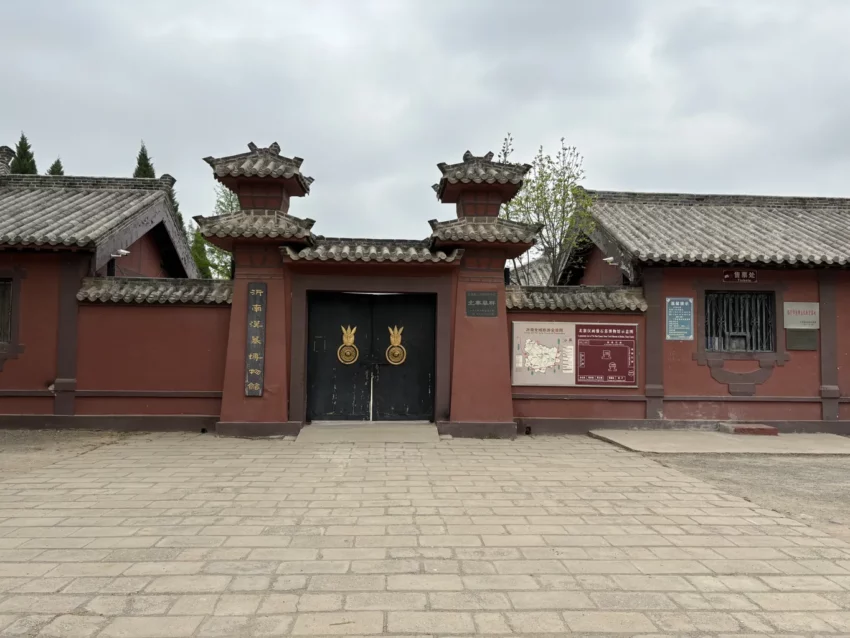Archaeological Insights from the Yinan Tombs: An Overview
The Yinan tombs, significant archaeological sites in China, have been subject to extensive investigation, contributing to a broader understanding of the Han dynasty’s cultural and societal practices. This discussion aims to present a factual and concise overview of the site, its history, findings, and relevance to the field of archaeology, drawing on the comprehensive excavation report by Zeng Zhaoyu, Jiang Baogeng, and Li Zhongyi from 1956.
Get your dose of History via Email
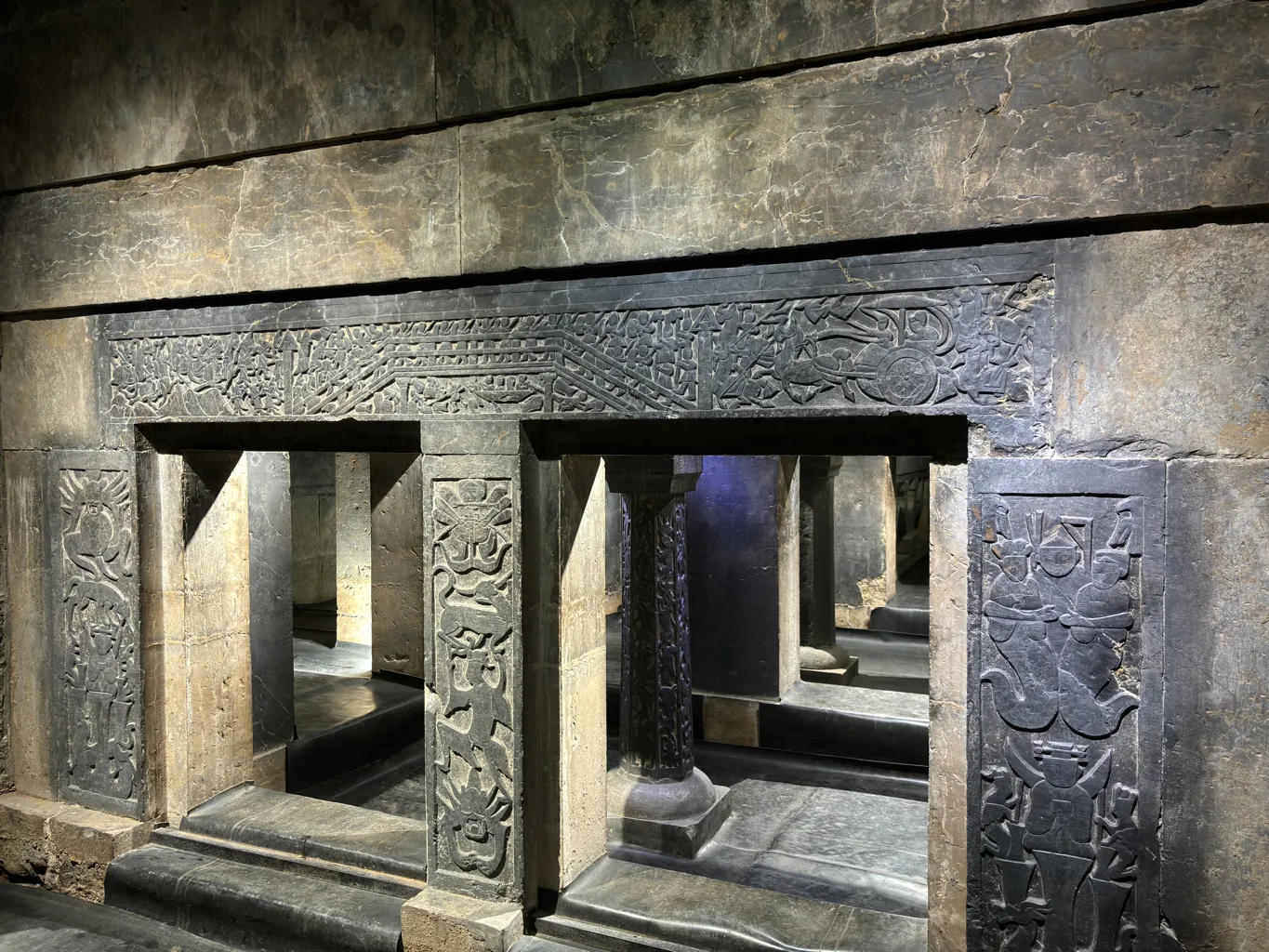
Site Description and Historical Context
Located in China, the Yinan tombs are attributed to the Han dynasty era, known for its rich cultural heritage and advancements in arts and sciences. The significance of the site lies in its well-preserved state and the abundance of artefacts and iconography discovered therein. The mid-20th century excavation of these tombs marked a critical period of archaeological activity in China, despite political and geographical challenges restricting international collaborations.
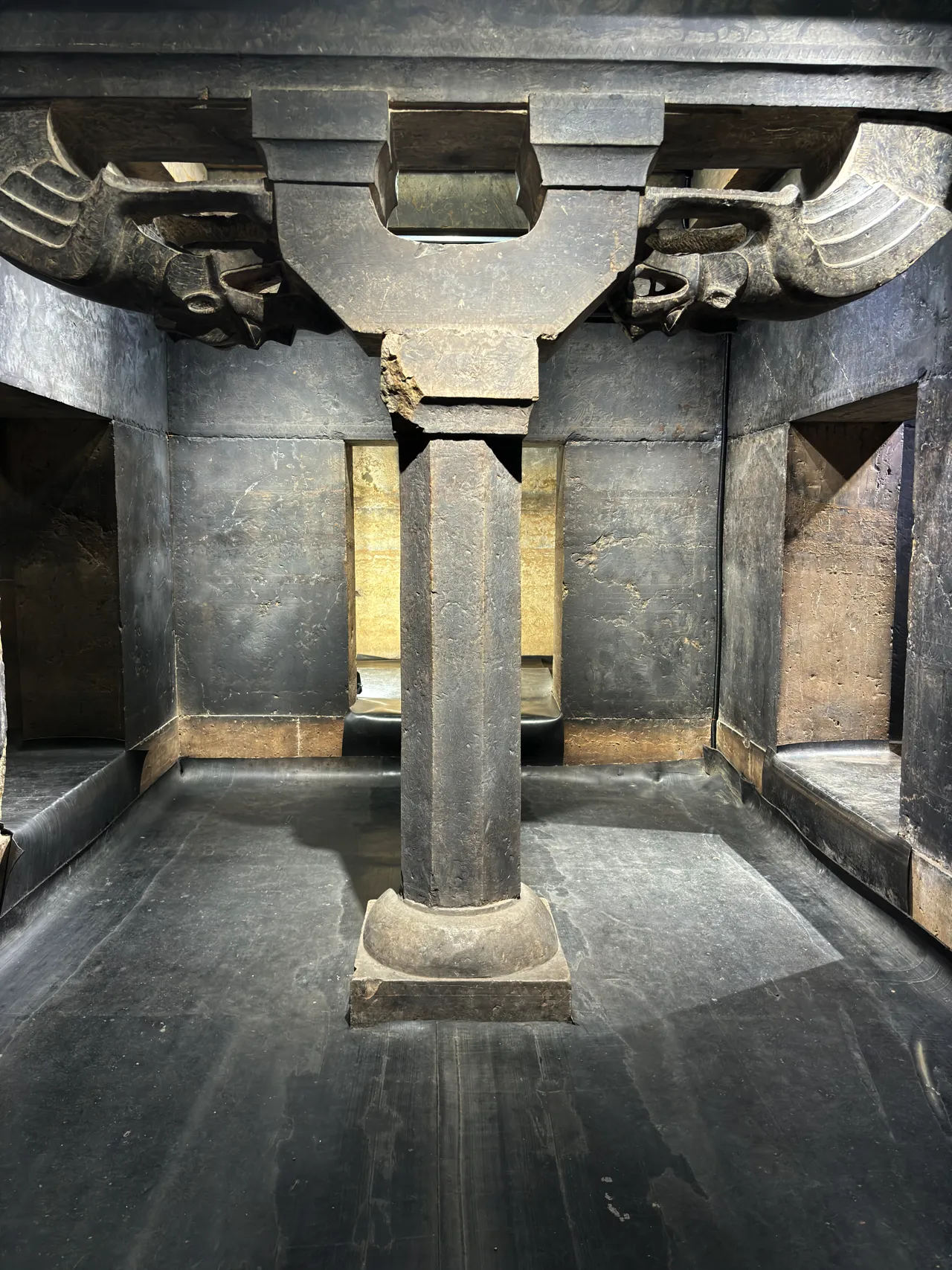
Excavation and Findings
The excavation of the Yinan tombs was documented in detail, providing valuable data for archaeological study. The tombs were noted for their intricate structure and the quality of the bas-reliefs, murals, and scattered pictorial stones found within. These artefacts have been instrumental in shifting the analytical focus from textual interpretations to visual representations in understanding ancient Chinese culture.
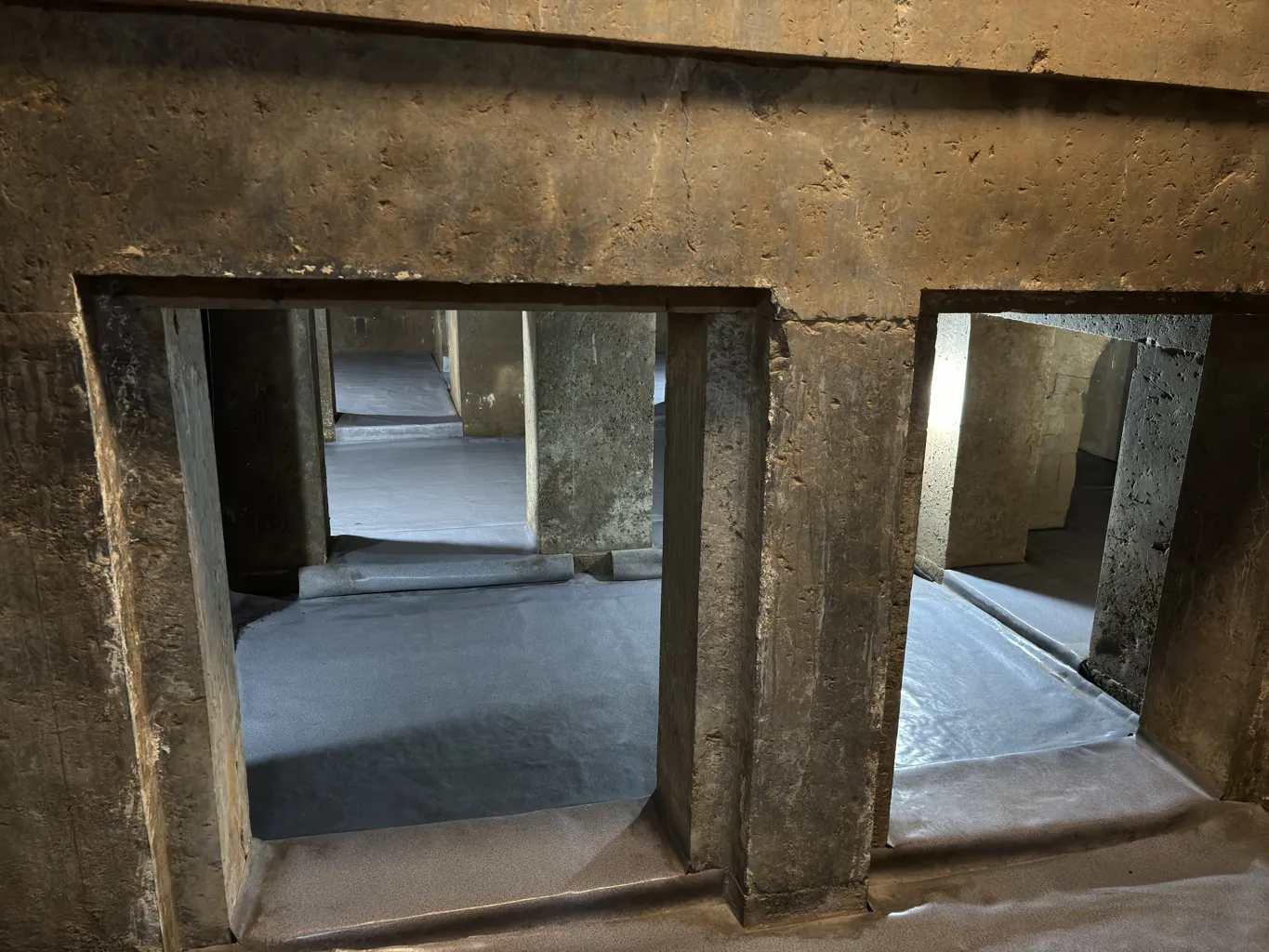
Methodological Approaches
The archaeological methods applied in the excavation and analysis of the Yinan tombs emphasized scientifically controlled techniques. This shift was significant in the development of tomb typologies and the establishment of chronologies based on burial objects and art. The detailed documentation in excavation reports, including descriptions, transcriptions of inscriptions, tomb plans, photographs, and drawings, has provided a rich source of data for further research.
Artistic and Societal Insights
The artistic representations within the Yinan tombs offer insights into the Han dynasty’s socio-cultural and religious practices. The pictorial programs, comprising bas-reliefs and murals, serve as a visual narrative of life, beliefs, and societal norms of the period. This material has been pivotal in redefining understandings of ancient Chinese civilization, moving beyond conventional textual analysis to a comprehensive interpretation of visual iconography.
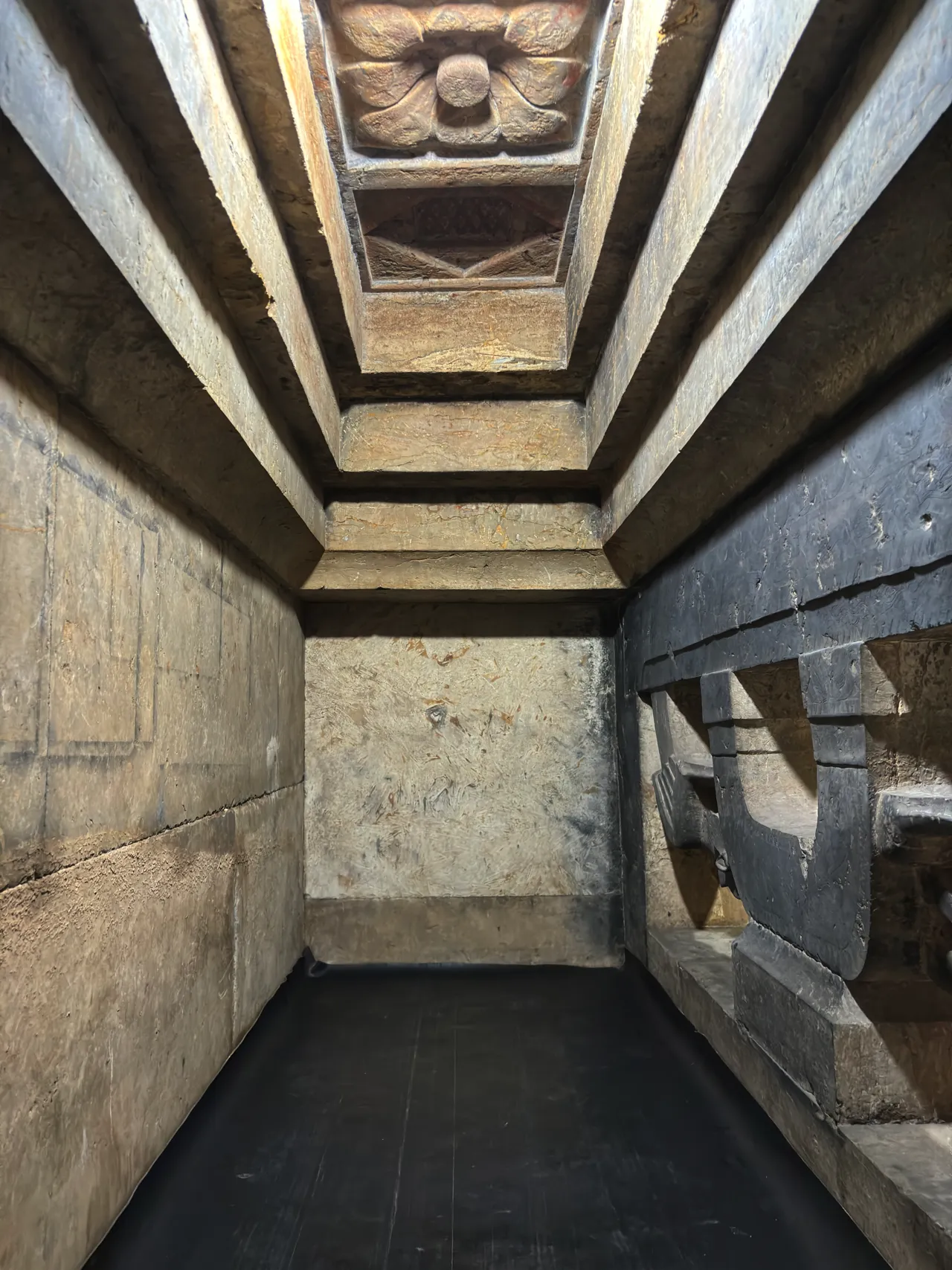
Contributions to Archaeology
The Yinan tombs’ excavation report has contributed significantly to the field of archaeology, particularly in the study of Han-era China. By providing an extensive dataset of artefacts, structural designs, and artistic iconography, the report has facilitated a multidimensional approach to examining ancient societies. Furthermore, the methodology employed in the excavation and documentation of the Yinan tombs has set a precedent for future archaeological endeavors.
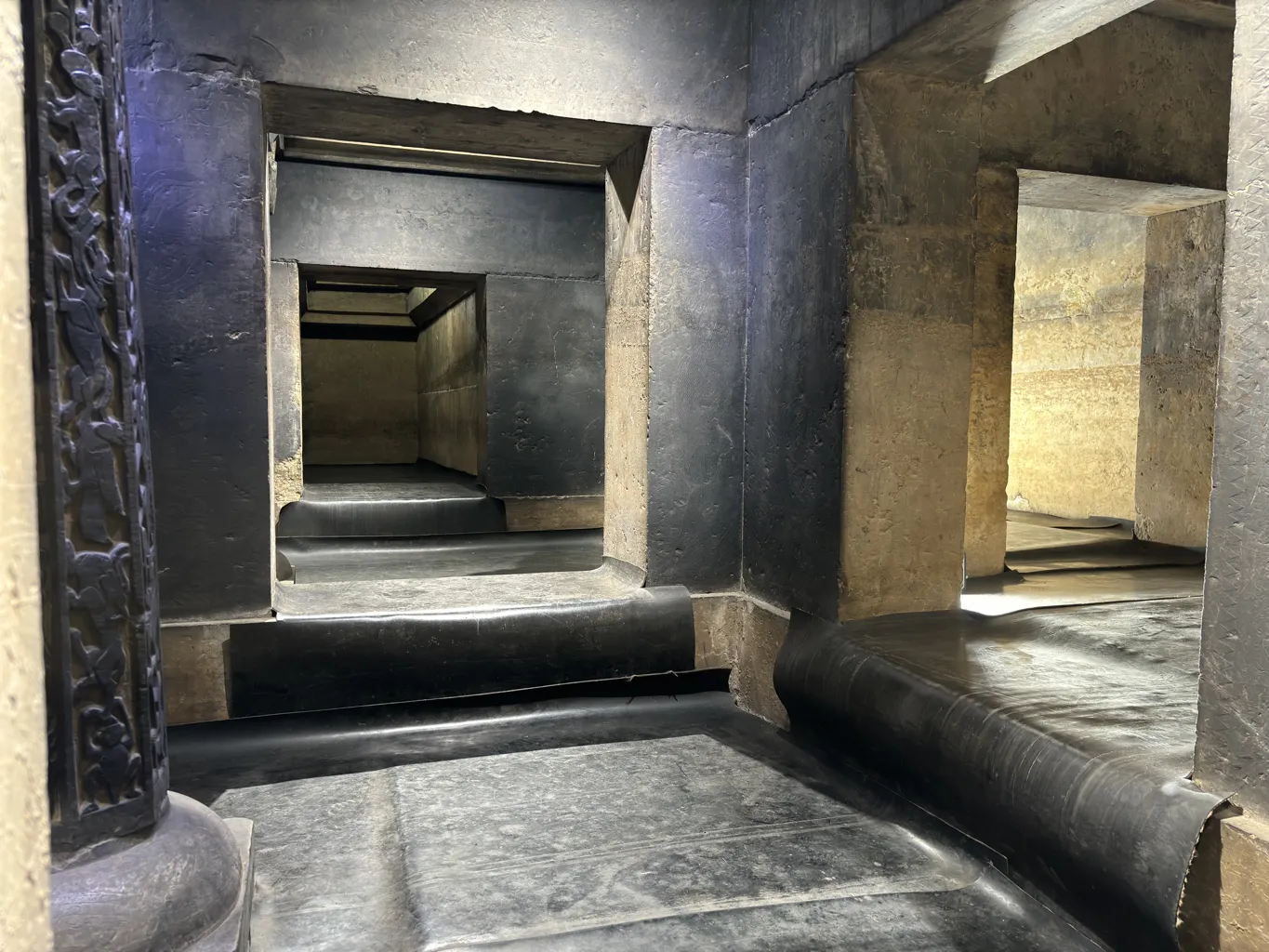
Conclusion
The Yinan tombs represent a key archaeological site for understanding the Han dynasty’s cultural, artistic, and societal dimensions. The extensive documentation and analysis resulting from their excavation have enriched the academic discourse on ancient Chinese civilization. As archaeological techniques continue to evolve, the Yinan tombs will undoubtedly remain a focus of scholarly interest, offering new avenues for research and interpretation.
Sources:

